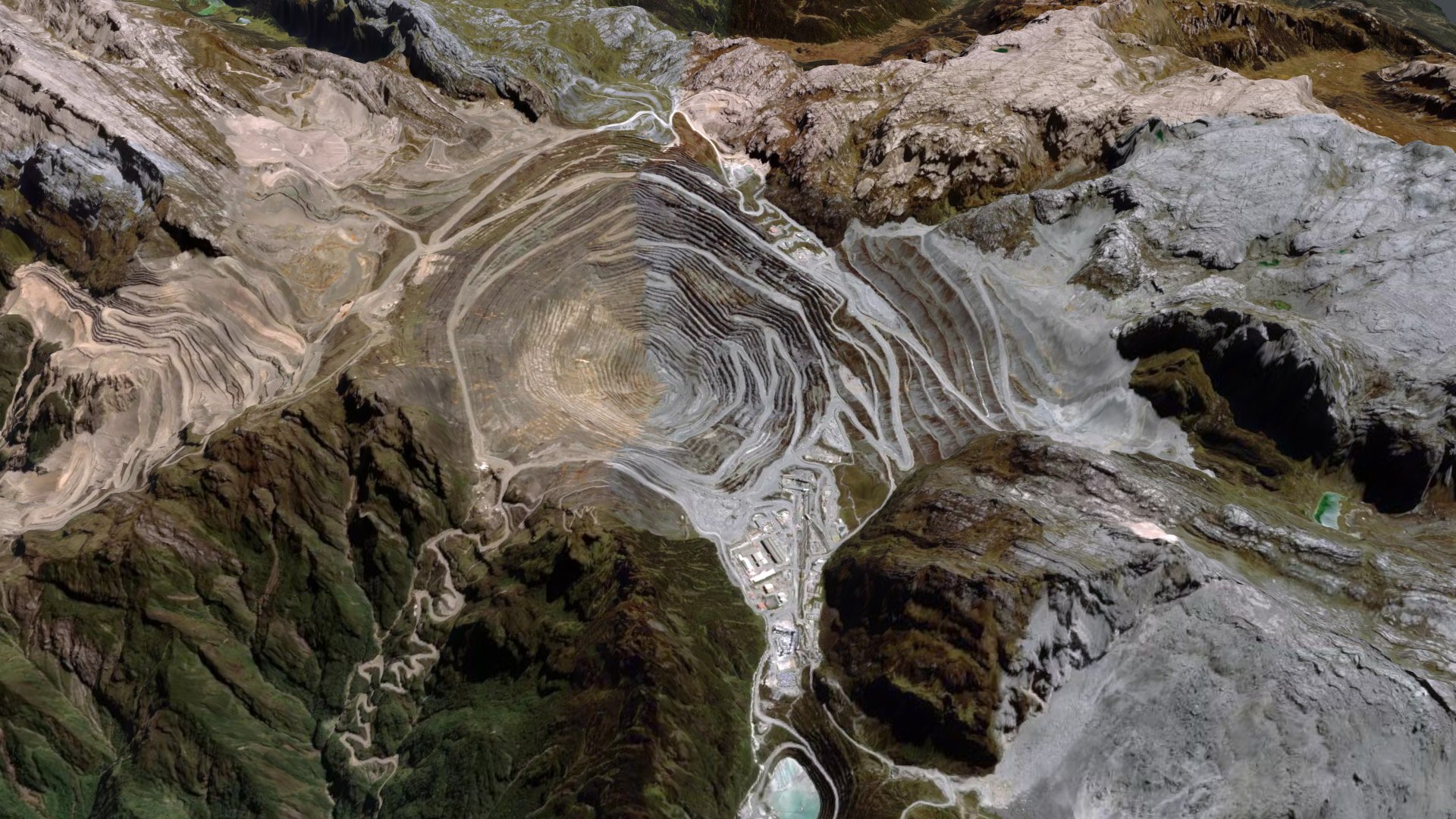Understanding the Global Gold Mining Landscape
Gold has long held a unique place in global economies, symbolizing wealth, stability, and power. The demand for gold—whether for jewelry, investments, or industrial use—has remained strong throughout history, and mining companies continue to extract vast quantities from beneath the earth’s surface. Among the most significant contributors to global production are the world’s largest gold mines, which yield hundreds of tons annually.
The largest gold mines are not just engineering marvels but also economic lifelines for their host countries. Spread across continents such as Asia, Oceania, South America, and North America, these mining sites shape global supply and influence commodity markets. What’s exciting for Indonesia is that one of these global giants lies within its borders, marking the country’s strong foothold in the global gold supply chain.
The Top 5 Largest Gold Mines in the World
Based on cumulative production volume, operational scale, and resource potential, here are the five largest gold mines globally as of 2025:
1. Nevada Gold Mines, United States
Operated by Barrick Gold and Newmont Corporation through a joint venture, Nevada Gold Mines remains the world’s largest gold-producing complex. Located in the mineral-rich state of Nevada, the site combines multiple mines, including Carlin, Cortez, and Goldstrike, to produce over 3.3 million ounces of gold annually.
This American powerhouse leverages advanced extraction technologies, extensive infrastructure, and sustainable water use initiatives to maintain its dominance in the sector.
2. Muruntau Gold Mine, Uzbekistan
Uzbekistan’s Muruntau Mine is one of the oldest and most productive gold mines globally. Located in the Qizilqum Desert, it produces an estimated 2 million ounces per year. Managed by the state-owned Navoi Mining & Metallurgy Combinat, the Muruntau mine stands out not only for its output but also for the vast reserves that remain largely untapped.
3. Grasberg Gold Mine, Indonesia
Indonesia proudly holds a spot on this prestigious list with the Grasberg Mine located in Papua. Operated by Freeport-McMoRan in partnership with the Indonesian government, the site is one of the world’s most significant gold and copper mining complexes.
Grasberg's annual gold output exceeds 1.5 million ounces, with continued investment in underground mining to sustain long-term production. The mine is not just an economic driver for Indonesia, contributing to GDP and employment, but also a symbol of Indonesia’s mineral wealth and strategic global importance.
4. Olimpiada Gold Mine, Russia
Owned by Polyus, Russia’s largest gold producer, the Olimpiada Mine in Eastern Siberia contributes over 1.3 million ounces annually. With significant reserves and high-grade ores, Olimpiada continues to play a key role in Russia’s mining exports, even as geopolitical tensions reshape global trade patterns.
5. Cadia Valley Operations, Australia
Operated by Newcrest Mining, Cadia Valley is Australia’s largest gold mine. Located in New South Wales, it combines both gold and copper production. Though slightly lower in pure gold output compared to others, Cadia’s integrated operations and innovative ore recovery processes make it a standout in the Asia-Pacific region.
The Importance of Grasberg for Indonesia
Indonesia’s Grasberg Mine is more than a mineral asset—it is a geopolitical and economic lever. Since the Indonesian government increased its stake in the mine through PT Inalum (now MIND ID), the site has become a model for national resource ownership.
Key highlights:
- Major economic contributor: Grasberg alone contributes billions of dollars annually in royalties and taxes.
- Job creation: Tens of thousands of Indonesians are employed directly or indirectly.
- Resource nationalism: Grasberg is a case study in how developing nations can gain greater control of their natural resources without stifling foreign investment.
In the context of global gold mining, Indonesia’s seat at the table through Grasberg elevates its position as a key player—not just in Southeast Asia, but globally.
Environmental and Social Challenges
Gold mining, while lucrative, also comes with environmental risks and community impact. The world’s largest gold mines are increasingly adopting ESG (Environmental, Social, and Governance) frameworks to reduce their footprint and enhance transparency.
Challenges faced include:
- Deforestation and land degradation
- Water pollution and waste management
- Community displacement and labor rights
Operators of sites like Grasberg and Nevada Gold Mines are under constant scrutiny from watchdog groups, governments, and investors. Sustainable practices and community inclusion are no longer optional but expected.
Future Outlook for Gold Mining
The long-term outlook for gold remains positive. As global economic uncertainty persists, gold continues to attract investors as a hedge against inflation and currency volatility. Moreover, gold’s application in electronics and clean energy technologies is expanding.
Technological advances in mining operations—such as automation, remote sensing, and AI-driven ore processing—are making extraction more efficient and less invasive. Furthermore, geopolitical tensions and resource nationalism may drive more countries to exert control over strategic assets like gold mines.
In Indonesia, this could translate into:
- More investment in local refining capacity
- Domestic downstream processing
- Renewable energy integration at mining sites
- A push for more transparency in revenue distribution
Conclusion
From Nevada to Papua, the world’s largest gold mines shape economies and influence geopolitical dynamics. As demand for gold persists, countries like Indonesia are stepping into the spotlight not only as suppliers but as strategic stewards of mineral wealth.
Grasberg stands as a testament to Indonesia’s potential and ambition. In a world of shifting supply chains and resource politics, gold mines are more than holes in the ground—they’re gateways to influence and opportunity.
Read More






 Monday, 12-01-26
Monday, 12-01-26







